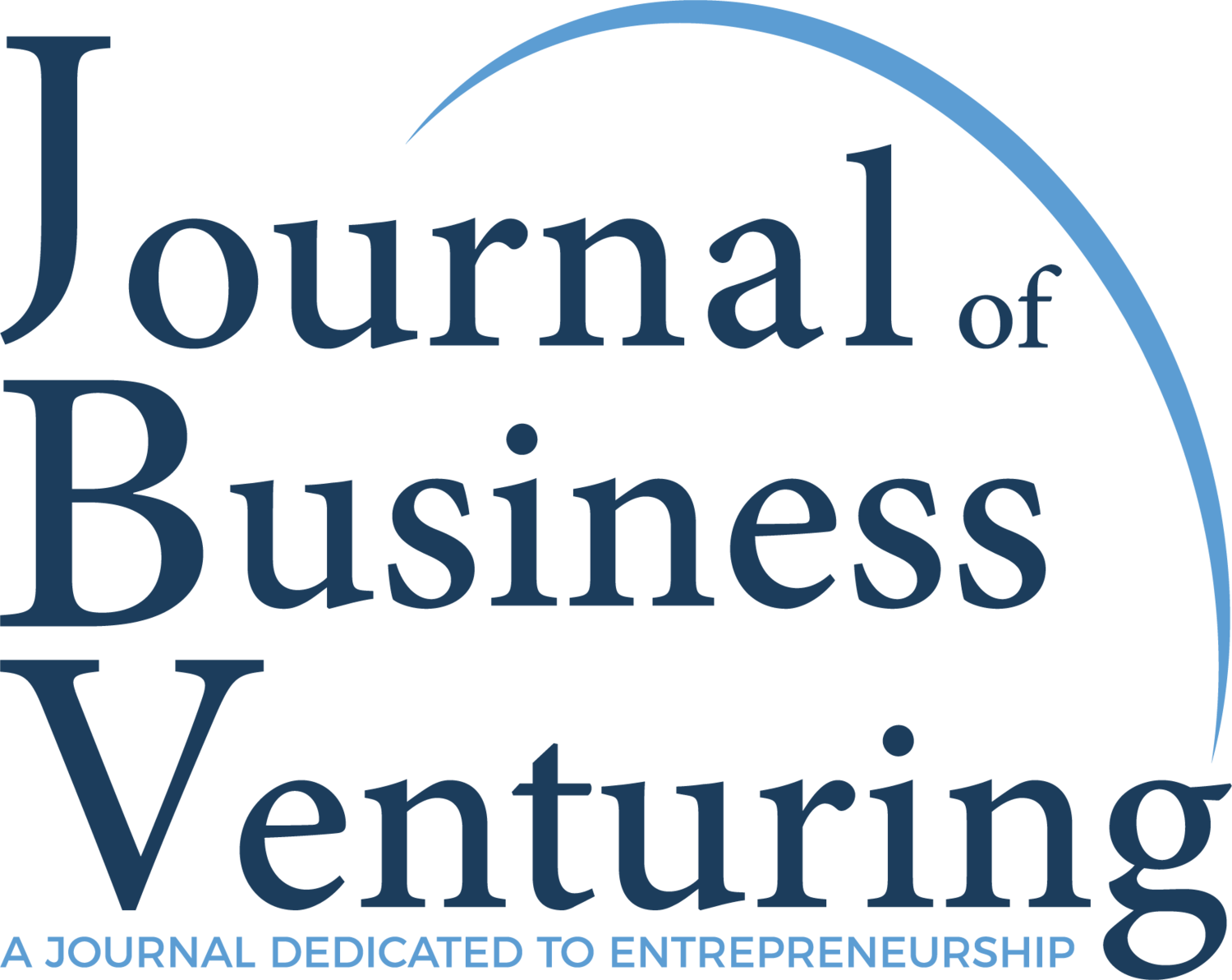Entrepreneurial Resourcefulness of Medical Technology Ventures
Research Paper Title:
“Beyond bricolage: Early-stage technology venture resource mobilization in resource-scarce contexts”
Authors:
Background:
Technology and startups play an important role in meeting sustainability goals. Most African countries’ populations keep growing while losing medical professionals to migration. Startups developing novel technologies, like faster, simpler, and portable diagnostics tools, can help to remedy this. In doing so, they face a conundrum: How to obtain the resources they need in a resource-poor environment? The authors address this question by studying medical technology startups in Uganda.
Methodology:
Sample: 8 Ugandan medical technology ventures, operating in areas of maternal, neonatal, and women’s health
Sample Size: data corpus consists of transcripts from 36 semi-structured interviews with members of 8 ventures, conducted in English with (co-)founders and team members of our case study ventures, which total 483 single-spaced pages (approx. 160,000 words). Interviews were conducted in two waves over the course of nine months
Analytical Approach: Qualitative, inductive work
Highlights:
Early-stage tech ventures adopt distinct resource mobilization behaviors over time.
High-performers dynamically combine resource seeking and selective bricolage
Nature and sequence of early catalytic events affect ventures' resourcing behaviors.
To seek resources, ventures enact contextual layers of space and time.
Resourcefulness manifests in dynamic combinations of resource seeking and bricolage
Results:
These findings shed light on the entrepreneurial resourcefulness employed by early-stage technology ventures in a relatively resource-scarce context.
The study shows that all ventures actively transcended their local environment and looked for resources (e.g., approaching investors, manufacturers, or universities) beyond Ugandan (or even African) borders. Such entrepreneurial resilience in refusing the limitations of the local context serves to inspire entrepreneurs to challenge the very meaning of a resource-scarce context. When knowledge, money, and goods flow amply beyond national borders, where and how can we draw the line between one context and another?
The study finds that how startups dynamically combine their resource approaches is key to understanding the differences in technological advancements. While the natural tendency of startups in challenging resource environments may be to primarily “make do” with the resources at hand and only supplement inaccessible ones with purposeful search abroad, the findings show that consistently doing so leads to suboptimal outcomes. More successful ventures managed to increasingly adopt standard resource seeking practices (commonly found in higher income countries) by purposefully seeking specific resources that were more difficult to obtain. They combined such acquired resources with dynamically employing complementary creative “making do” approaches. In doing so, the article challenges entrepreneurs and scholars alike to rethink the idea of entrepreneurial resourcefulness from celebrating isolated instances of creatively “making do” towards a more long term, dynamic way of combining resource mobilization behaviors.
3. The researchers were able to trace the differences between less and more successful ventures to their participation in early catalytic events (e.g., incubator or contest participations). While the less successful startups were first exposed to local events, which reinforced their “making do” approaches, the more successful ones were first exposed to international catalytic events, that opened their resource seeking repertoire to approaches pursued by startups in Europe or the US. Importantly, both groups eventually participated in international (less successful group) and domestic (more successful) events, but it was the first catalytic event that left a strong mark on their approaches in responding to local resource scarcity. Thus, the study cautions entrepreneurs to not only choose their incubation and award contests wisely, but also be mindful about the sequence of such events
Conclusion:
This study shows that entrepreneurial resourcefulness in resource-scarce contexts goes beyond bricolage. Observing ventures with high resource needs in such a context allowed the authors to nuance the notion of resourcefulness across space and time. The authors highlight (1) the significance of studying both the sequence and combinations of bricolage and resource seeking in understanding a venture’s technology development; (2) the vital role of early catalytic events in shaping ventures’ dynamic responses to resource scarcity; and (3) the importance of accounting for contextual fluidity such that resource mobilization behaviors are not only a function of contextual scarcity or munificence, but also of entrepreneurs’ reinterpretation of their resource spaces. By focusing on the dynamic resource mobilization behavior trajectories of seven early-stage technology ventures in the resource-scarce context of Kampala in Uganda, and showing the fluidity with which entrepreneurs redefine their contexts to seek resources from across the world, the authors also raise the question of what local environmental resource scarcity truly means in the wider context of a globalized economy. In total, the findings shed new light onto the development of technology ventures that face the challenge of getting more for less in helping those that need it the most, and invite possible conceptualizations of resourcefulness as a dynamic way of combining resource mobilization behaviors and enacting context. In conclusion, the study aims to inspire new generations of technology entrepreneurs who face the challenge of getting more for less in helping those that need it the most.


